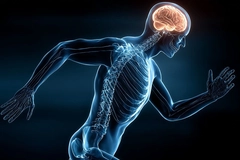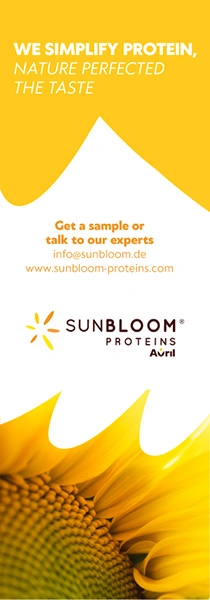Another Health Benefit of Tea

Certain chemicals in tea may prevent cells from growing abnormally and may have anti-inflammatory effects that cut the risk of bile tract diseases.
11/07/06 Drinking tea reduces the risk of bile stones and cancer, especially among women, according to the results of a study conducted in China.
Bile stones are common in women and are linked to obesity, they occur in ducts that transfer bile from the liver to the small intestine. It can cause discomfort and pain once the stones blocked the gallbladder opening, typically located just below the rib cage on the right side of the abdomen. "Cholecystectomy" or gallbladder removal is often required at this stage.
According to Dr. Ann W. Hsing and colleagues of the National Cancer Institute, Bethesda, Maryland, "biliary tract cancers...are rare but highly fatal, by contrast."
They also noted that "apart from gallstones, (causative) factors for biliary tract cancer are not clearly defined," several studies “suggested that consumption of tea, especially green tea, is protective against a variety of cancers."
The researchers examined the effects of tea consumption on the risk of biliary tract cancers and biliary stones. 627 patients with biliary tract cancer, 1,037 with biliary stones, and 959 comparison subjects are included in the latest study.
The research team gathered data on demographics, medical and dietary factors, and tea consumption. Tea drinkers are those who drank at least one cup of tea per day for at least 6 months. 394 (41 percent) were ever tea drinkers, among the 959 control subjects.
Drinking at least one cup of tea per day for at least 6 months appears to reduce the risks of bile stones by 27 percent, gallbladder cancer by 44 percent, and bile duct cancer by 35 percent, this is true for women. For men, tea drinking is also with the same effect but it varies on the magnitude observed in women.
Hsing's team explained that certain chemicals in tea may prevent cells from growing abnormally and may have anti-inflammatory effects that cut the risk of these bile tract diseases. In order to check if these findings can be duplicated, further studies are necessary.











